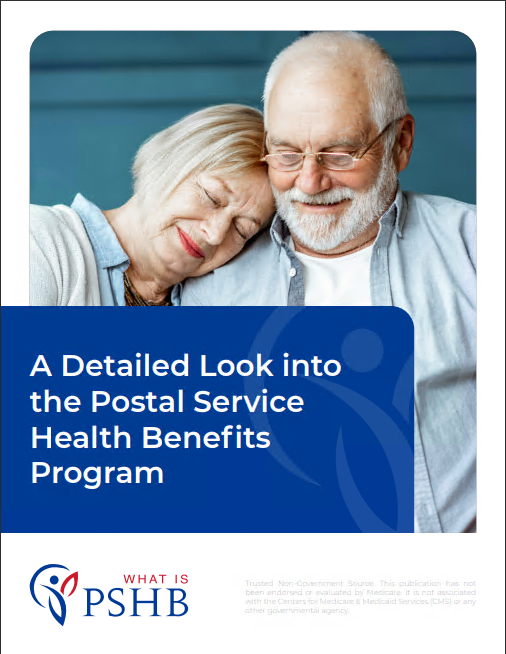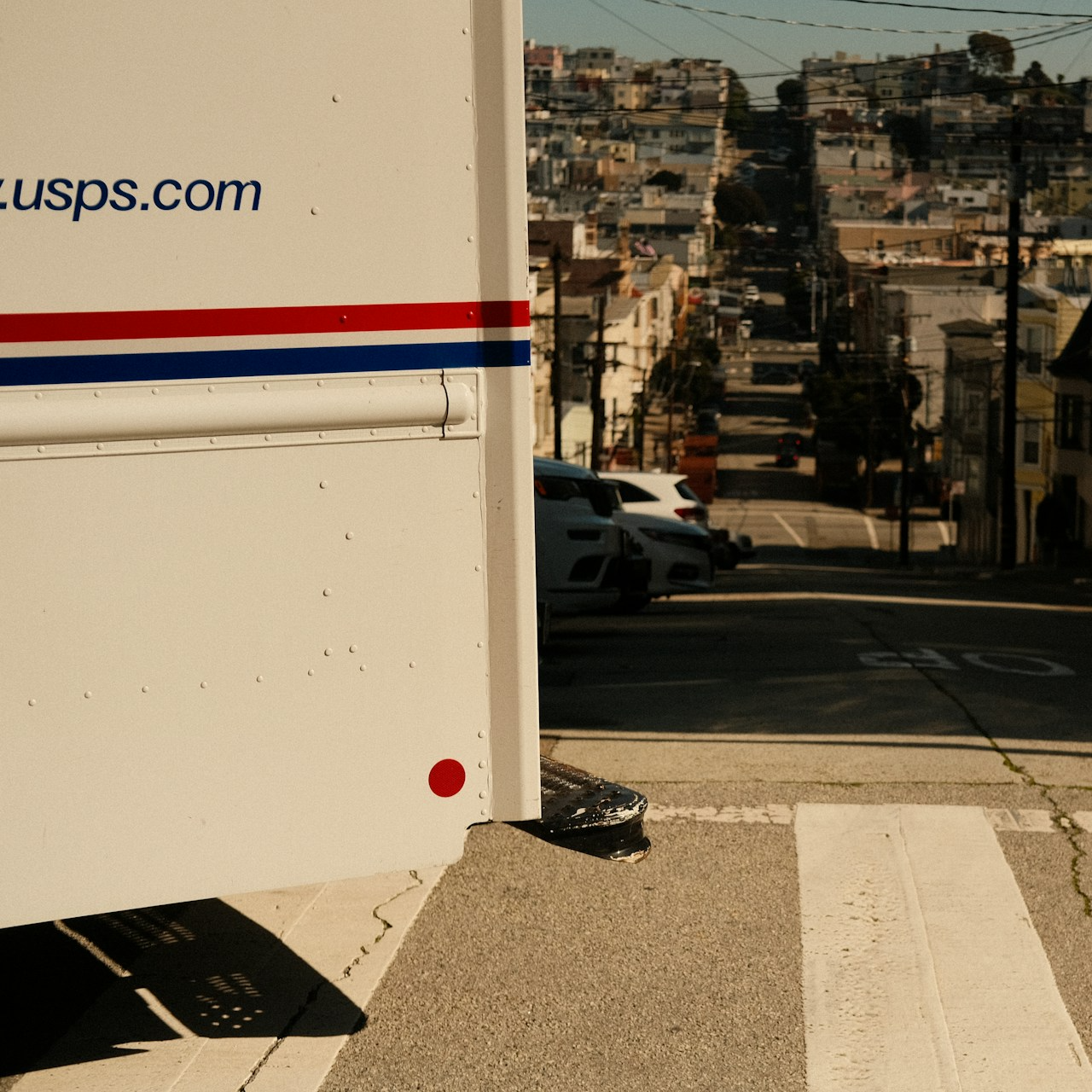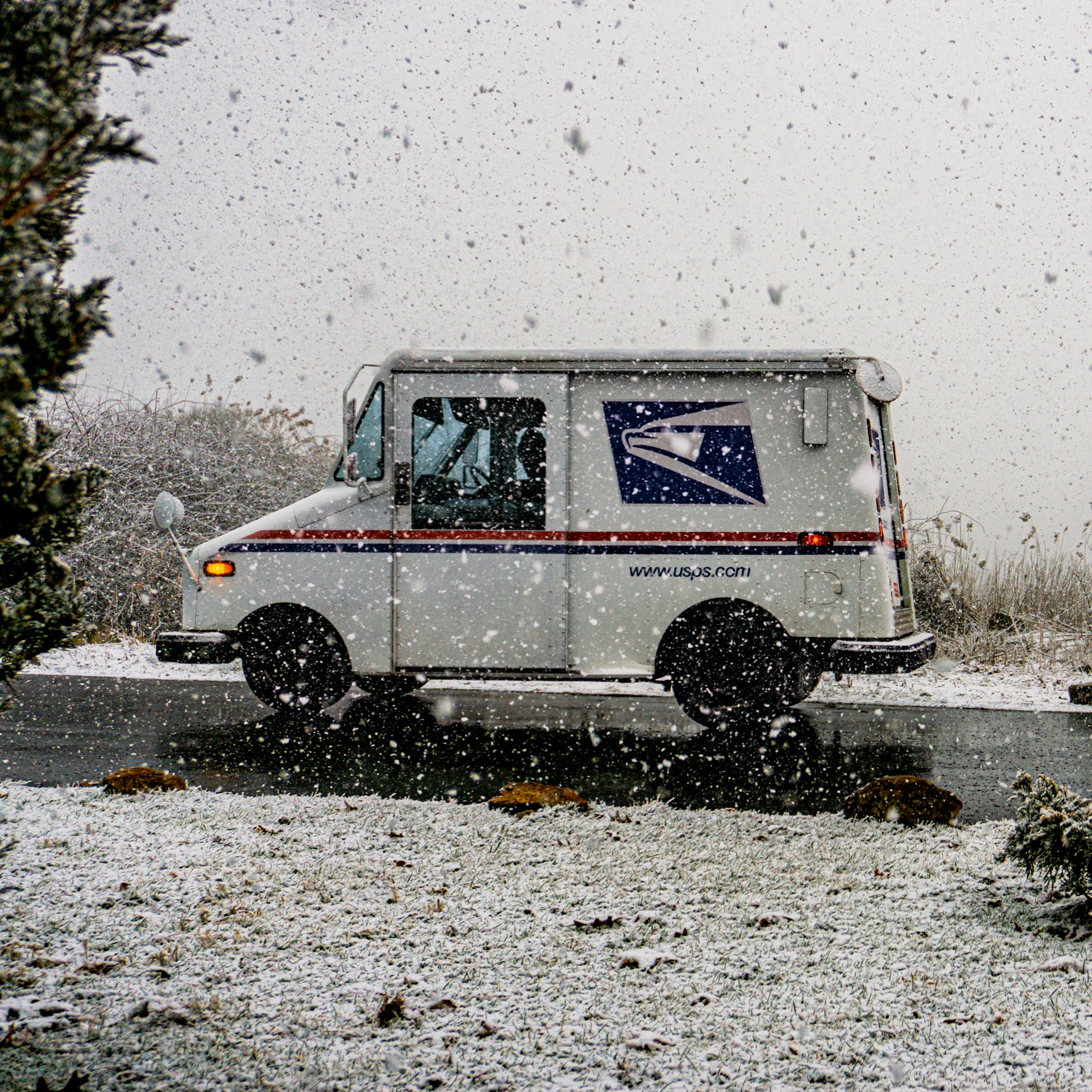Key Takeaways
-
The Postal Service Health Benefits (PSHB) program introduces sweeping changes to health coverage for USPS retirees in 2025, making Medicare integration essential for many.
-
Understanding enrollment requirements and timelines is crucial to ensuring uninterrupted coverage and maximizing cost savings.
A New Era for USPS Retirees: PSHB Takes Center Stage
The Postal Service Health Benefits (PSHB) program is now the primary health insurance program for USPS retirees and employees. With its launch in 2025, PSHB replaces the Federal Employees Health Benefits (FEHB) system for postal workers. If you’re a USPS retiree or nearing retirement, understanding these changes is essential to maintaining your health coverage.
Let’s dive into the key aspects of the PSHB program and how it impacts your benefits.
What’s Different About the PSHB Program?
The PSHB program is specifically tailored for USPS employees, retirees, and their families. While it resembles the FEHB in some ways, there are significant differences:
-
Exclusive to Postal Workers: Only USPS employees, retirees, and their eligible family members qualify for PSHB coverage.
-
Integration with Medicare: Medicare-eligible retirees and family members must enroll in Medicare Part B to maintain PSHB coverage unless exempt.
-
Automatic Enrollment: Most current FEHB enrollees automatically transition to a corresponding PSHB plan, but it’s essential to review your plan to ensure it meets your needs.
Enrollment Deadlines You Can’t Afford to Miss
The Open Season for PSHB ran from November 11 to December 13, 2024. Changes made during this period took effect on January 1, 2025. If you missed Open Season, you can only make changes during a Qualifying Life Event (QLE) or the next Open Season.
Key Enrollment Dates for 2025:
-
Initial PSHB Transition: Coverage under the new PSHB plans began on January 1, 2025.
-
Special Enrollment Period for Medicare Part B: If you’re newly required to enroll in Part B, you may qualify for a special enrollment period to avoid late penalties.
Medicare Part B: The Backbone of PSHB Coverage
For Medicare-eligible retirees, enrolling in Medicare Part B is now a critical component of maintaining PSHB benefits. Here’s what you need to know:
-
Who Needs to Enroll: Most Medicare-eligible Postal Service retirees and their family members must enroll in Part B unless you retired on or before January 1, 2025, or meet other specific exemptions.
-
Cost Implications: While Medicare Part B premiums apply, many PSHB plans offer incentives such as premium reimbursements or reduced out-of-pocket costs.
-
Enrollment Periods: If you’re newly eligible for Medicare, your initial enrollment period lasts seven months—three months before, the month of, and three months after your 65th birthday.
How PSHB Works with Medicare Part D
If you’re Medicare-eligible, your PSHB plan now includes prescription drug coverage through a Medicare Part D Employer Group Waiver Plan (EGWP). This change simplifies your benefits, combining medical and prescription drug coverage under a single umbrella.
Highlights of Part D Integration:
-
Out-of-Pocket Cap: A new $2,000 annual cap on out-of-pocket prescription drug costs provides financial relief for those with high medication expenses.
-
Streamlined Payments: The Medicare Prescription Payment Plan allows you to spread these costs over monthly payments, making budgeting easier.
Cost Savings and Coverage Enhancements
The PSHB program offers several cost-saving measures, particularly for retirees who integrate their coverage with Medicare. Here are a few examples of how you can save:
-
Reduced Premiums: Many retirees find that PSHB premiums are lower than FEHB plans, especially when paired with Medicare.
-
Waived Deductibles: Some PSHB plans waive medical deductibles for retirees enrolled in both PSHB and Medicare Part B.
-
Comprehensive Coverage: With PSHB and Medicare working together, you’re likely to enjoy broader coverage and lower out-of-pocket expenses compared to standalone FEHB plans.
Navigating Qualifying Life Events (QLEs)
Life happens, and the PSHB program allows changes to your coverage outside Open Season if you experience a QLE. Common QLEs include:
-
Marriage or divorce
-
Birth or adoption of a child
-
Death of a spouse or dependent
-
Gaining or losing other health insurance coverage
If you experience a QLE, you have 60 days to make changes to your PSHB enrollment. Missing this window means waiting until the next Open Season.
What Happens If You Don’t Enroll in Medicare Part B?
Failing to enroll in Medicare Part B when required can have significant consequences:
-
Loss of PSHB Coverage: Without Part B enrollment, you’re no longer eligible for PSHB benefits.
-
Penalties: Medicare imposes a 10% penalty for every 12 months you delay Part B enrollment after becoming eligible.
If you’re unsure about your Medicare Part B requirements, contact the Office of Personnel Management (OPM) or your PSHB plan for guidance.
Key Resources to Help You Transition
The PSHB program provides tools and support to help retirees navigate these changes:
-
Plan Comparison Tools: Use online resources to compare PSHB plans and find one that best meets your healthcare needs.
-
Customer Support: Contact your plan’s customer service team for assistance with coverage details or Medicare integration.
-
Annual Notices: Review your plan’s Annual Notice of Change (ANOC) to stay informed about updates to premiums, deductibles, and benefits.
Staying Informed: The Importance of Regular Reviews
Healthcare needs can change over time, so it’s important to regularly review your PSHB plan to ensure it’s still the right fit. Key times to reassess include:
-
During Open Season: Evaluate your current plan and compare it to other options.
-
After Major Life Events: Changes in health, family status, or income may require adjustments to your coverage.
Staying proactive ensures you’re maximizing your benefits while minimizing costs.
How PSHB Shapes USPS’s Financial Future
The transition to PSHB isn’t just about improving retiree benefits; it also plays a role in strengthening the Postal Service’s financial outlook. By streamlining health benefits and integrating Medicare, USPS can reduce long-term liabilities and ensure the sustainability of its retiree healthcare program.
For retirees, this shift means access to a program designed with postal workers in mind, offering tailored benefits and cost efficiencies.
Adapting to Change: What You Can Do
Change can feel overwhelming, but there are steps you can take to adapt:
-
Stay Educated: Keep up with updates from OPM and your PSHB plan.
-
Plan Ahead: Understand Medicare enrollment requirements and deadlines to avoid coverage gaps.
-
Ask Questions: Don’t hesitate to reach out for help if you’re unsure about any aspect of your coverage.
Ensuring Your Health Coverage in 2025 and Beyond
The Postal Service Health Benefits program represents a significant shift in how USPS retirees access health coverage. By understanding the changes, meeting enrollment deadlines, and coordinating with Medicare, you can make the most of this new system. Taking the time to review your options and stay informed ensures you’re prepared for whatever comes next.











